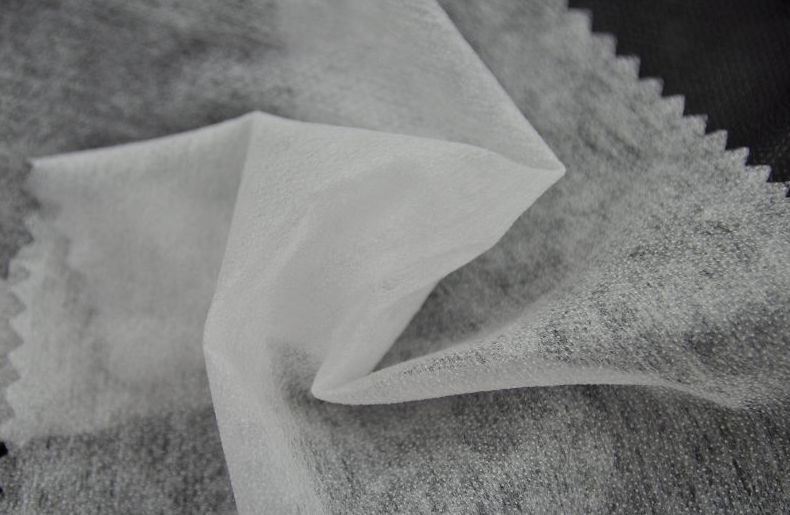Constructing structure and support into a piece of clothing can be confusing, and a survey revealed this. What is the difference between interface, lining, interlayer and underline?
The lining is a support fabric used in areas that require more stability than the weight of the fabric. For example, you will find collars, cuffs, belts, closures (such as buttonholes), and sometimes folds. In custom clothing, you can find interfaces in the entire clothing section, and multiple types of interfaces can be used in a garment.
The lining is used to help hide the internal structural details of the clothes, and it can also help it slide easily on other clothes. The lining fabric is usually smooth as silk, although other types of effects can also be used. The lining is made separately from the garment, and is fixed to the fabric or garment hem by hand or machine.
Interlayer is a fabric that is added to clothes when more warmth is needed, such as winter coats. It can be a heavy fabric with cotton wool, or a lightweight fabric like flannel or wool. The interlining can be made separately from the actual garment (sometimes detachable), or used as an interlining.
Underline is a fabric added to fashion fabrics, which has better fit and/or opacity. It is a separate layer, attached to the opposite side of the corresponding garment fabric part, and then treated as a whole during the construction process. The pattern mark is usually transferred to the bottom to avoid showing up on the garment fabric.
So, next time you are in a fabric store, look at these products and add them to your project where they are needed. Follow the pattern instructions to use.

 English
English Español
Español Türk
Türk 简体中文
简体中文









